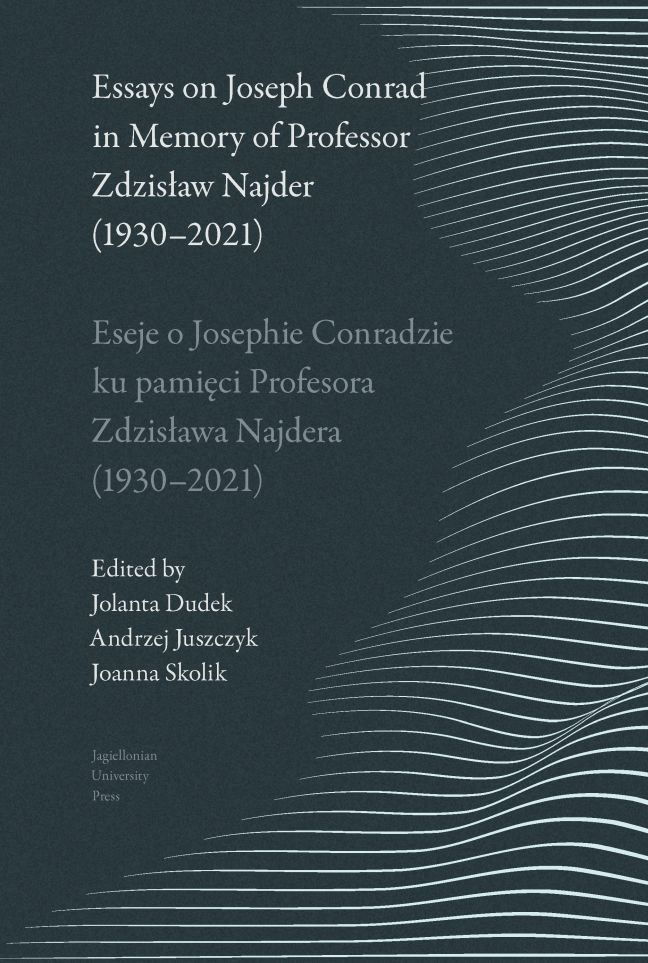Book contents
- Frontmatter
- Contents
- Part I
- Part II
- Bibliografia publikacji i audycji medialnych Zdzisława Najdera o Josephie Conradzie / A Bibliography of Zdzisław Najder's Publications and Media Programmes on Joseph Conrad
- Notes on Contributors / Noty o autorach
- Author Index / Indeks nazwisk
- Miscellaneous Endmatter
Zdzisław Najder's Aesthetic and Hermeneutic Reading of Lord Jim in the Light of Roman Ingarden's Phenomenology
Published online by Cambridge University Press: 01 March 2024
- Frontmatter
- Contents
- Part I
- Part II
- Bibliografia publikacji i audycji medialnych Zdzisława Najdera o Josephie Conradzie / A Bibliography of Zdzisław Najder's Publications and Media Programmes on Joseph Conrad
- Notes on Contributors / Noty o autorach
- Author Index / Indeks nazwisk
- Miscellaneous Endmatter
Summary
I cannot claim methodological innocence; I lost it nearly half a century ago over Roman Ingarden's theory of the literary work of art.
Zdzisław NajderI
Ultimately, we owe our current acquaintance with the artistic and aesthetic aspects of Joseph Conrad's writing to the anti-positivist reaction in European philosophy that was championed by Wilhelm Dilthey towards the end of the nineteenth century. Dilthey drew a sharp distinction between the natural sciences—whose aim is to discover the measurable laws of nature—and the humanities, whose aim is to understand artefacts created by human beings (and in particular those whose function is not utilitarian). He argued that the most appropriate method for the scientific study of the latter was that of hermeneutics, which analyses, describes and interprets individual works of art in order to arrive at an understanding of their deepest spiritual meaning as well as an understanding of their particular function. In Poland, one of the scholars who laid the foundations for a scientific approach to the study of literature—that is, one that takes into account the mode of existence, structure and particular function of literary works—was the phenomenological realist Roman Ingarden, whose ground-breaking works on the subject were The Literary Work of Art (Das Literarische Kunstwerk—1931) and The Cognition of the Literary Work of Art (O poznawaniu dzieła literackiego—1937).
Ingarden held that every work of art (and every literary work of art in particular) was—like language—an intentional object, that is, a creation whose existence was dependent on human consciousness, whose cognitive intention may be directed towards any particular real, ideal or imagined object. While the literary work of art has a certain real existential foundation of its own, it depends for its existence not only on language, which is a primary intentional product of the human mind, but also on creative acts of consciousness of the author on the one hand, and on re-creative and creative acts of consciousness of the reader on the other. In his study entitled The Literary Work of Art, Ingarden analyses the characteristic two-dimensional, quasi-temporal (sequential) and quasi-spatial (stratified) structure of the literary work of art as an intentional object. He draws attention to the particular nature of (affirmative or assertive) statements that refer to a reality that has been created by the author, calling them “quasi-judgements,” as they elude the classical definition of truth.
- Type
- Chapter
- Information
- Publisher: Jagiellonian University PressPrint publication year: 2023



